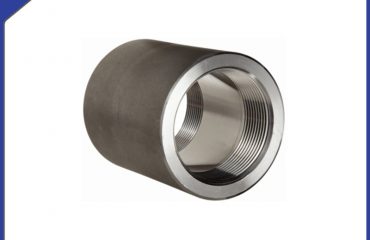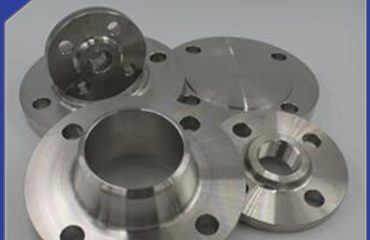
Flat flanges are commonly used in piping and piping systems to connect pipes, valves, and other equipment. They are available in various sizes, materials, and types to suit different application requirements. When it comes to high-pressure applications, it is important to carefully select and consider the specifications and capabilities of the flat flanges. In this article, we will discuss whether plate flat flanges can handle high-pressure applications.
Plate flat flanges are a type of flat flange that is made from a flat plate, usually with a circular shape and holes drilled around the perimeter for bolt fastening. They are typically used in low-pressure and non-critical applications. However, with proper material selection and design considerations, plate flat flanges can also be suitable for high-pressure applications.
One of the primary factors to consider when evaluating the suitability of plate flat flanges for high-pressure applications is the material used in their construction. The material must have sufficient strength and resistance to deformation under high-pressure conditions. Common materials used for plate flat flanges include carbon steel, stainless steel, and alloy steel. Among these materials, stainless steel and alloy steel generally offer better mechanical properties and corrosion resistance, making them more suitable for high-pressure applications.
The design and thickness of the plate flat flange also play a crucial role in determining its suitability for high-pressure applications. The flange should be designed with sufficient thickness to withstand the high pressure without deforming or leaking. The thickness and dimensions of the flange must comply with industry standards and specifications such as ASME B16.5 or ASME B16.47.
Another important consideration is the gasket used in conjunction with the plate flat flange. The gasket is essential for creating a secure and leak-free connection between the flange and the mating component. In high-pressure applications, it is crucial to select a gasket material that can withstand the pressure and temperature conditions. Common gasket materials used in high-pressure applications include graphite, PTFE (polytetrafluoroethylene), and metallic gaskets such as spiral wound gaskets. The gasket material should be compatible with the fluid being transported and capable of maintaining its integrity under high-pressure conditions.
It is also essential to ensure proper installation of plate flat flanges in high-pressure applications. The flanges should be properly aligned, and the bolts should be tightened to the specified torque using a suitable bolt tightening method. Adequate bolt tightening ensures a proper seal and prevents leakage, even under high-pressure conditions.
Despite their suitability for high-pressure applications, plate flat flanges have certain limitations compared to other types of flanges, such as raised face flanges or ring joint flanges. Plate flat flanges may have lower pressure and temperature ratings compared to these types of flanges. Therefore, it is crucial to carefully evaluate the application requirements and consult industry standards and guidelines to determine the appropriate type of flange for a specific high-pressure application.
Plate flat flanges can handle high-pressure applications when properly designed, manufactured, and installed. The material selection, design considerations, gasket selection, and installation practices are crucial in ensuring the flanges can withstand high pressure without compromising their integrity. It is recommended to consult industry experts and adhere to relevant standards and guidelines to ensure the safe and efficient use of plate flat flanges in high-pressure applications.
 Language
Language Espanol
Espanol English
English Italian
Italian عربى
عربى
 Skype: chinamaker99
Skype: chinamaker99  Tel: 86-316-5120812
Tel: 86-316-5120812 Email:
Email:  Whatsapp:
Whatsapp: 
